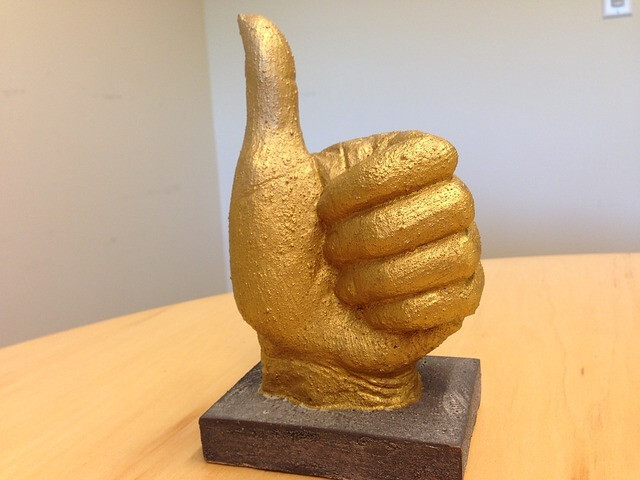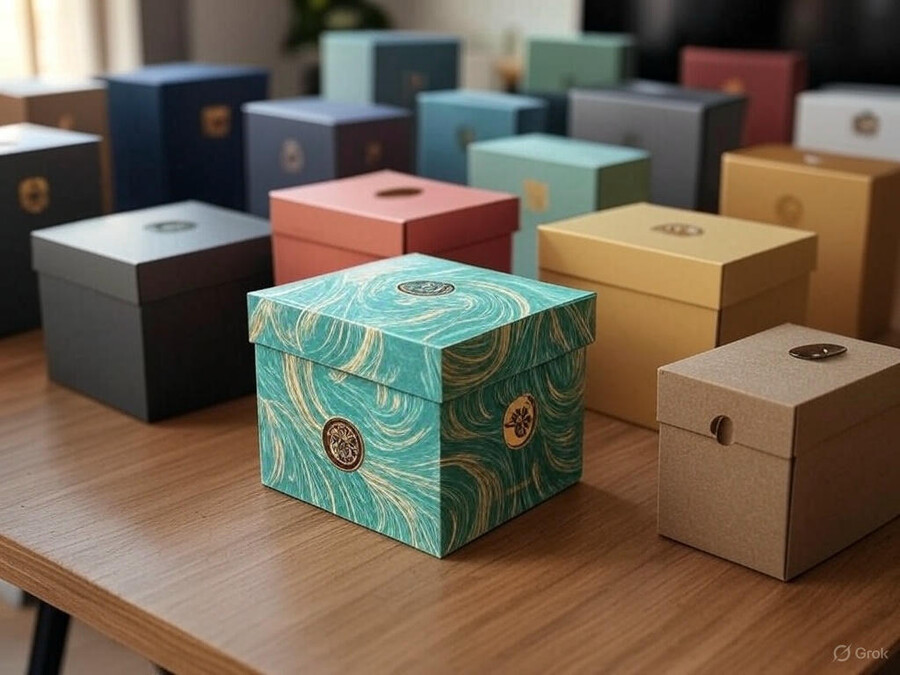When it comes to wedding planning, your invitation is the very first glimpse guests will have of your big day—and getting it just right matters more than most couples realise.
From the design and wording to the paper quality and printing technique, every detail sets the tone for the celebration to come.
If you’re searching for wedding invitation printing tips that are both practical and stylish, you’re in the right place.
This guide will help you avoid common missteps, understand your options, and create printed invitations that feel truly personal.
Quick Overview: What You Need to Know About Wedding Invitation Printing
Timing is crucial—order early to avoid last-minute stress.
The print method you choose affects cost, look, and feel.
Paper type and finish can make your invitation feel luxe or lacklustre.
Readability and clarity matter more than over-the-top designs.
Proof everything—twice!
Want a stress-free experience and invitations you’re proud to send? Keep reading!
Choosing the Right Printing Style
The first major decision is how your wedding invitations will be printed. Each method comes with its own feel, cost, and aesthetic.
1. Digital Printing
Most budget-friendly.
Great for colourful or photo-based designs.
Fast turnaround.
2. Offset (Litho) Printing
Higher quality than digital.
Ideal for large runs.
Smooth, professional results.
3. Letterpress
Deeply tactile and elegant.
Pressed into thick cardstock.
More expensive but perfect for formal or vintage weddings.
4. Foil Stamping
Adds shine with metallic finishes (gold, silver, rose gold).
Makes names and dates pop.
Use sparingly for best effect.
Paper Types and Finishes Matter More Than You Think
Don’t underestimate the role of paper! The right texture and weight can elevate even a minimalist design.
Common wedding invitation paper stocks:
Cotton: Soft, thick, premium feel—great for letterpress.
Linen: Light texture, classic and elegant.
Recycled: Eco-friendly and often surprisingly stylish.
Glossy or Matte Coated: Ideal for photo invites.
Popular finishes:
Matte: Smooth and understated.
Glossy: Shiny and vibrant (great for colour).
Soft-touch: Feels velvety—adds a luxury vibe.
Pro Tip: Always ask for samples before committing. What looks great online may not feel right in your hands.
Wording and Layout: Keep It Clear and Beautiful
The design might catch the eye, but the wording and structure carry the message. Good invitation copy should be:
Easy to read
Clear about the who, what, when, and where
Aligned with the tone of your wedding (casual, traditional, modern)
Consider:
Using legible fonts (avoid over-styled scripts)
Structuring info in logical blocks
Avoiding visual clutter
Did You Know?
Formal invitations usually spell out dates and times ("Saturday, the sixth of July, two thousand twenty-five"). Casual invites can be more direct.
Timing Your Invitation Print Run
One of the biggest mistakes couples make? Leaving printing to the last minute.
Ideal Timeline:
6–8 months before: Finalise design, gather addresses.
4–6 months before: Send to print.
10–12 weeks before: Post your invitations.
Ordering early gives you time for:
Proofing and edits
Delays or reprints
Assembling and addressing
Quick Guide: Common Issues & How to Solve ThemPlanning your invitations? Here’s a realistic example.
You’ve found your dream design, but you’re unsure about which paper to use, worried about typos, and you’ve just realised you need RSVP cards too. Sound familiar?
Common Challenges:
Not sure which paper or finish to choose?
Worried your guest list will change mid-print?
Unsure how to match invitation style with wedding theme?
How to Solve It:
1. Set Your Priorities: Decide what matters most—style, sustainability, or cost—and build around that.
2. Request a Hard Proof: Ask for a printed sample of your invitation—not just a digital preview.
3. Bundle with RSVP & Info Cards: It’s cheaper (and more cohesive) to print these together.
4. Leave Room to Breathe: Design-wise and timeline-wise. Crowded layouts and rushed jobs are a recipe for disappointment.
Why It Works:
These steps reduce surprises and give you time to tweak and review without panic. The result? Invitations you’ll be proud to send.
Need help deciding on paper types or print finishes? A local printer can guide you with samples and realistic advice.
FAQs About Wedding Invitation PrintingWhat’s the best paper thickness for wedding invitations?
Answer: Aim for at least 300gsm or higher for that premium feel. Cotton or textured papers often feel thicker than coated stocks.
How many invitations should I order?
Answer: Always order 10–15 extra copies for keepsakes, last-minute guests, or mistakes. Don’t forget to include a few blank ones for photography or backups.
Should I print addresses on envelopes?
Answer: If budget allows, yes. It saves time and looks polished. Most printers offer envelope addressing or matching labels.
How can I keep costs down without looking cheap?
Answer: Stick to digital or offset printing, choose one-sided designs, and select simple finishes. Pair this with thick cardstock and clean layout for a luxe-on-a-budget look.
Conclusion: Invitations That Set the Tone
Your wedding invitations are more than just details—they’re the first expression of your celebration's style. By making thoughtful choices on printing methods, paper quality, design clarity, and timing, you’ll create invitations that not only impress your guests but also make you feel confident and proud.
With the right planning and a trusted print partner, getting your wedding invitation printing just right is absolutely possible. Don’t settle for generic—make it meaningful.


